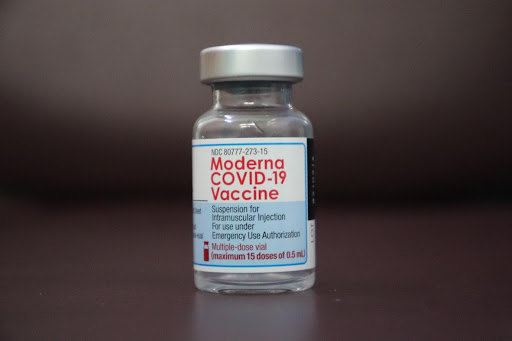The middleware that links RFID to corporate information systems often collects gathered data and integrates it into enterprise systems in a way that is most beneficial for decision-making.
Due to COVID-19, the demographic changed towards an older population, and the rise in medical difficulties, a growing number of remote patient monitoring systems are becoming popular.RPMS is also being used more frequently due to technical advancements

What is RFID technology?
The main objective of healthcare is to keep patients at ease, possible during their daily lives. In the past, patient monitoring systems in hospitals relied on wired sensors connected to computers. These systems’ drawback was that they limited the mobility of the patients. When medical establishments began to offer home-based treatment, RPMS were developed. As more researchers and businesses employ remote patient monitoring technologies to enhance treatment, the health sector is considerably improving, and the industry is expanding quickly.
Radio frequency identification technology, or RFID for short, is a catchall term for the use of radio frequency wireless communications for broadcasting, labelling, and automatically identifying people or objects.
Readers, middleware, and tags are the common components of an RFID system. A CPU or processor, memory, a power supply, and a radio antenna and transmission system that can send and receive data are the four main parts of an RFID tag. The middleware that links RFID to corporate information systems often collects gathered data and integrates it into enterprise systems in a way that is most beneficial for decision-making. RFID makes data processing possible for commercial operations.
What are the latest trends in RFID?
In the coming years, it is anticipated that the markets for healthcare, retail, food safety, and other industries will expand faster. This will drive developments in RFID technology. The potential of RFID is growing and developing as more companies and sectors adopt the technology. RFID technology is useful for tracking hospital assets, drugs, patients, and employees. This reduces operational costs, speeds up hospital processes, maximises the use of available resources, reduces medical errors, and improves patient safety.
What RFID tracking in medicine entails?
Human traceability & access control
RFID is becoming a more widely used method to track and restrict access. For instance, embedding a distinctive RFID tag inside a wristband, card, or other item can grant a medical employee exclusive access to particular regions.
RFID technology has shown to be quite beneficial for a number of aspects of the COVID-19 outbreak.
Quality & Authenticity control
Since RFID tags provide your organisation a unique identity for every product, industries like pharmaceuticals and medical equipment are particularly concerned about this problem. Better quality control is possible as a result. Additionally, firms can employ real-time traceability to combat fake goods.
File and Archive Recordkeeping
RFID aids in keeping healthcare records and files current. In contrast to individually scanning each one, an RFID reader can instantly update the locations of documents and books.
Vaccine Safety
RFID technology has shown to be quite beneficial for a number of aspects of the COVID-19 outbreak. To improve the tracking and security of the many virus vaccines, for instance, the healthcare sector adopted RFID. To track vaccine doses and stop the use of stale or false vaccines, vaccine makers, hospitals, and clinics utilise RFID tags.

Touchless Interactions
Due to the increased acceptance of contactless payment methods, many stores are using RFID to track merchandise at the point of sale. As a result, fewer interactions with people are necessary, and inventory management as a whole is enhanced.
Protect Your Data with New Cloud-Based Features
Because cloud-based apps and services relocate the components of IT support away from the point of operation, businesses can now install centrally managed and available solutions without the usual support and implementation costs.
Cloud-based solutions allow for coordination to occur anywhere. Get real-time updates on inventory across global supply networks to enable just-in-time production across borders.
GIVEAWAY
Despite the challenges created by the pandemic, global shortages and economic losses, the RFID sector has expanded and is expected to keep developing in the years to come. To better understand the people driving this expansion, it’s important to identify critical applications and high-potential untapped areas
“Composed by: Anushka Saxena is a highly accomplished healthcare professional with a background in physiotherapy, & presently pursuing Masters in Hospital & healthcare management. Her experience lies in computer software, databases, healthcare terminologies, documents processing.”

